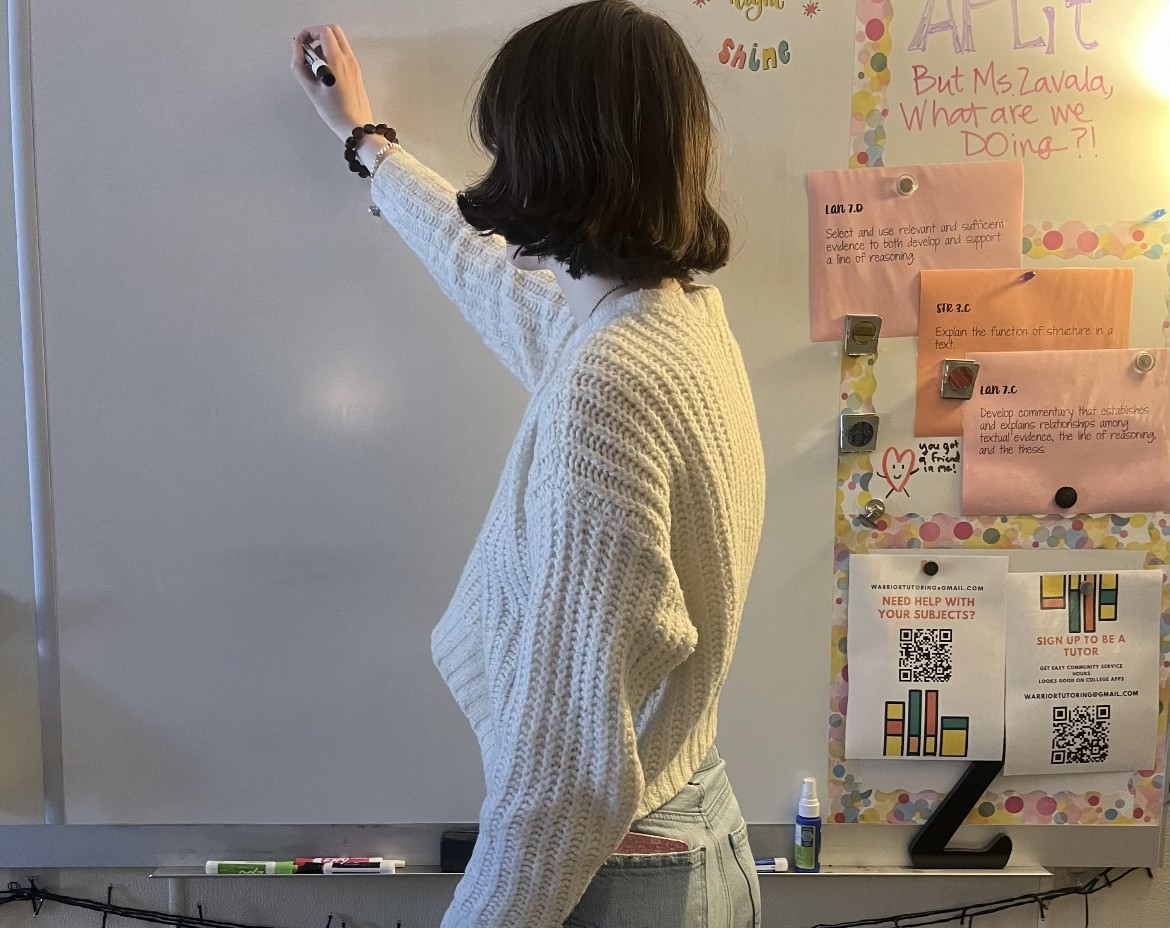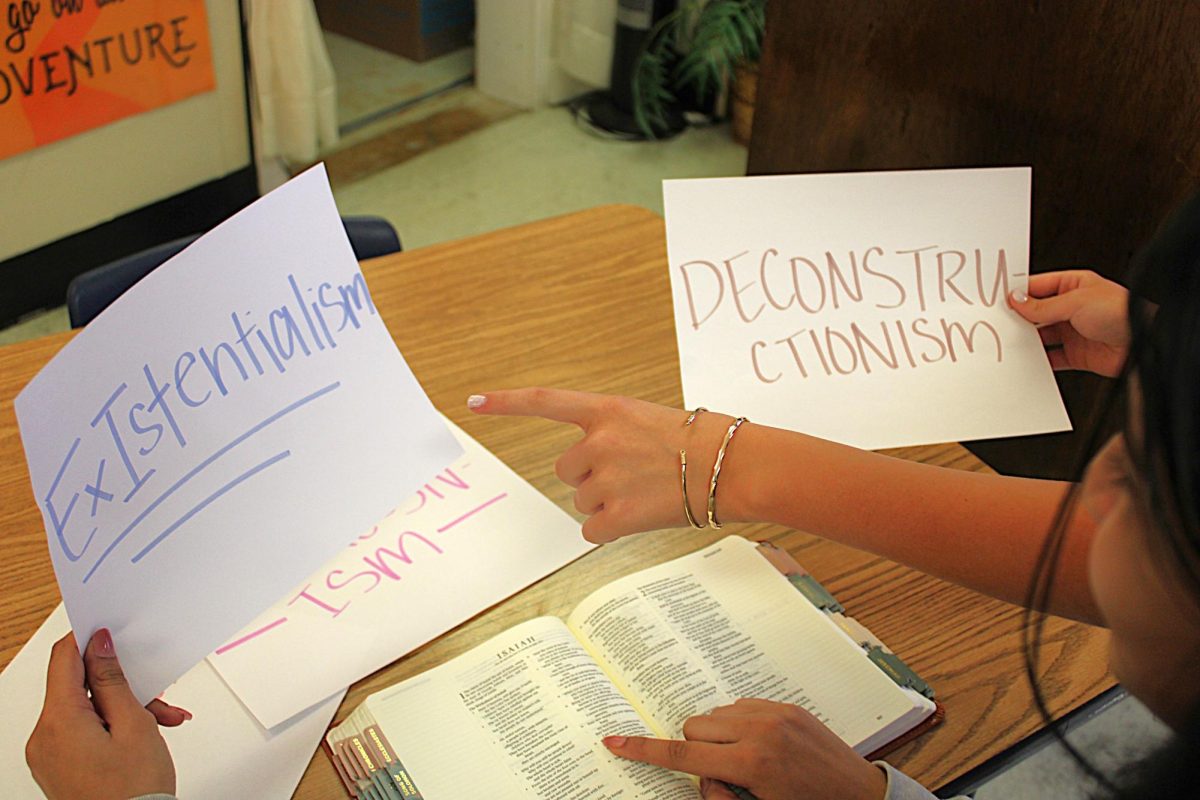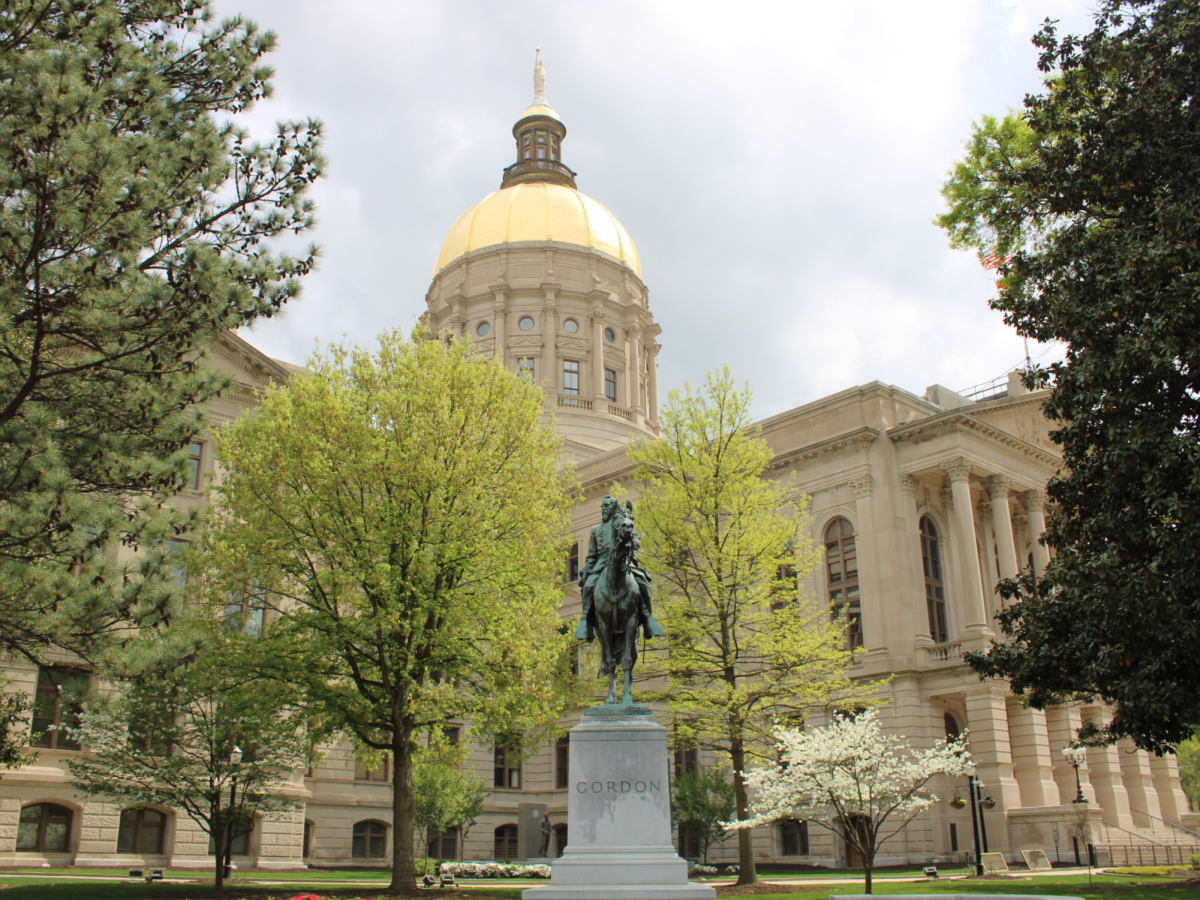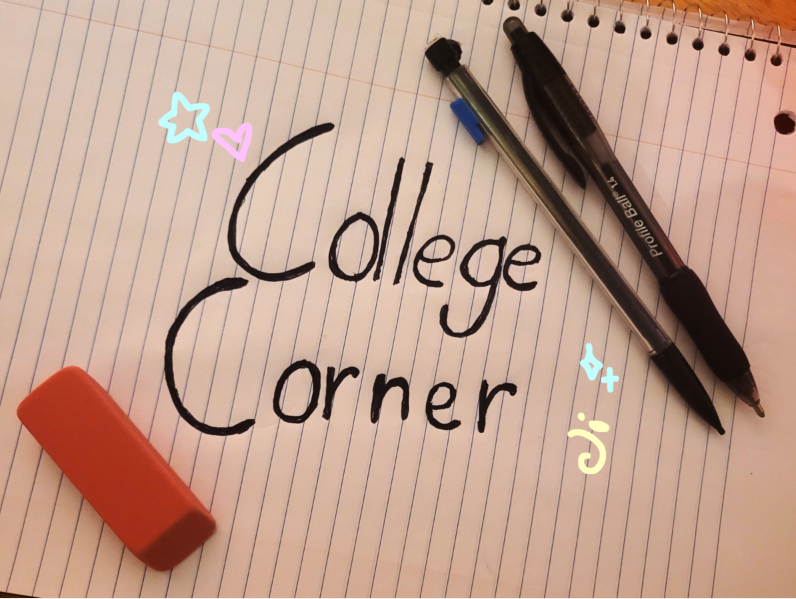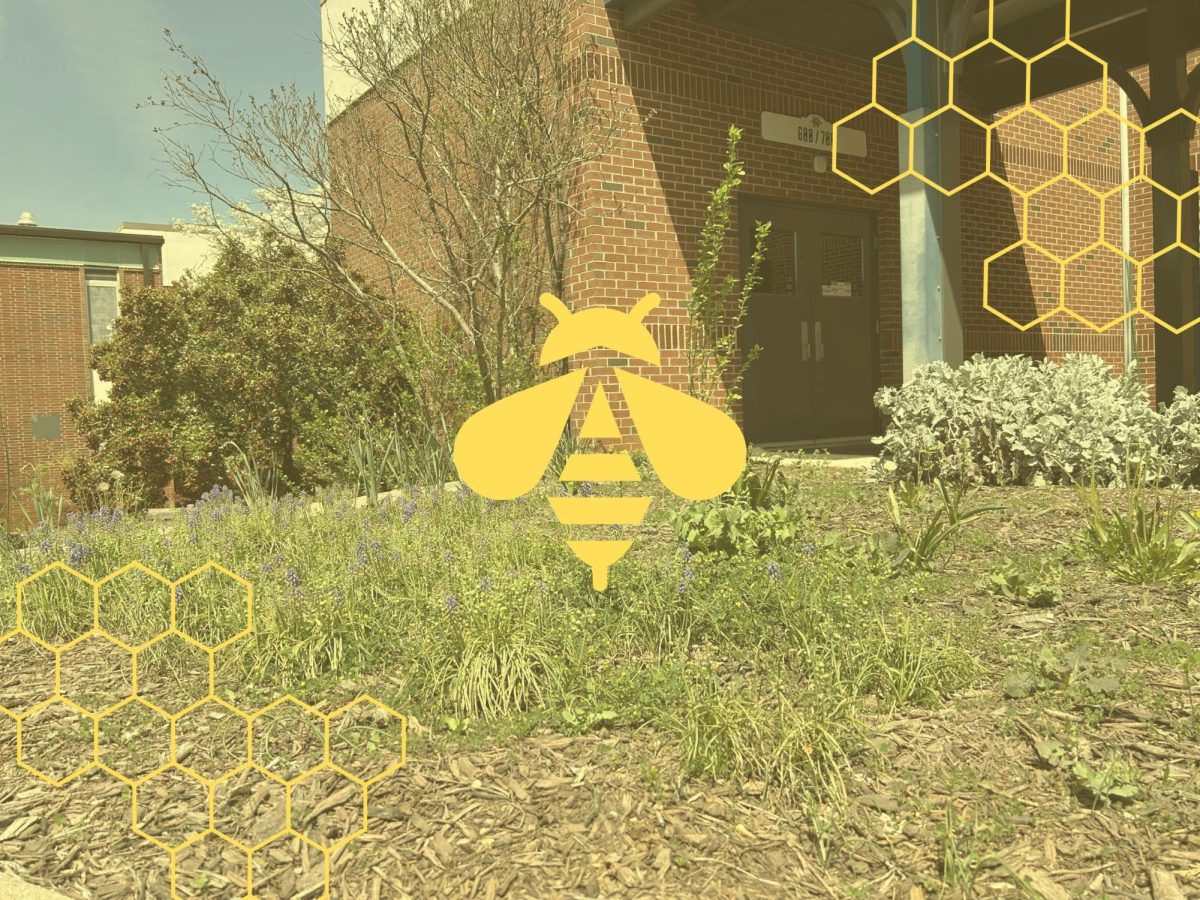The COVID-19 pandemic in 2020 affected almost every aspect of daily life, including the education system and its processes. Shortly before COVID-19 became a pandemic, schools across the country shut down for two weeks, protecting the health of students and teachers. The COVID-19 shutdown created issues in what used to be a healthy learning environment. What students thought of as an early spring break turned into learning on laptops for the rest of the year.
As the typical classroom setting faded and virtual learning became the new norm, teachers found it difficult to teach as they normally would. Educators enjoy class participation and a healthy classroom structure that focuses on students’ learning, but with the virtual learning enforcement in place due to COVID-19, faculty struggled to create a creative and interactive learning environment. While students sat at home without learning material, the school system announced children would participate in Zoom calls with their teachers and proceed with the regular yearly curriculum from their homes. As students sat at home joining Zoom calls, they would rarely contribute to learning material, leaving the virtual classroom disconnected compared to the consistent interaction that occurred in a typical classroom setting.
Educators saw a drastic difference in student behavior and the teaching environment. Students seemed to lack a long attention span and teachers felt students increasingly relied on their phones. The new teaching environment fell short regarding student participation and contribution to the lessons and assignments. Students fell into a pattern of spending the majority of their free time on their phones and disregarding their responsibilities. Unfortunately, when schools returned to in-person learning, the ill behavior that students developed during virtual learning debuted in the physical classroom.
From watching students practice academic dishonesty and create a disruptive classroom environment, educators began sensing the lack of student respect and maturity. As teachers began trying to control students, education became a chore rather than a career that faculty enjoyed. With a terrible combination of student behavior issues, the increased use of cellular devices, lack of student engagement and redundant teaching, the education field witnessed the worst imaginable: teachers began to resign.
For the following 2021 school year, school districts such as Cobb County School District introduced a four-day school week and allowed parents to decide on in-person or virtual classes for their students. Students who wanted to remain online could join a Zoom class while other students attended an actual classroom setting. Teachers attempted to teach both groups of students simultaneously and struggled to include both the online and in-person students in their everyday learning practices. Although schools slowly worked their way into a normal school week, the two-year struggles of online learning and the lack of socialization continued to cause lasting effects.
This hybrid schedule left educators with a choice: learn a new teaching style or migrate to a different job. Due to students’ behavior and the difference in classrooms after COVID-19, the nation saw an all-time low in new faculty hires and an all-time high in teacher unemployment rates. Schools in almost every state lacked educators and scrambled to teach the kids that remained in the classroom. With the decrease in teachers in the field, the remaining teachers’ responsibilities increased, leaving them with a higher student-to-teacher ratio and additional lesson plans with decreased planning time.. The stress of taking over the job of two educators rather than one due to lack of employment partook in educators finding a new career.
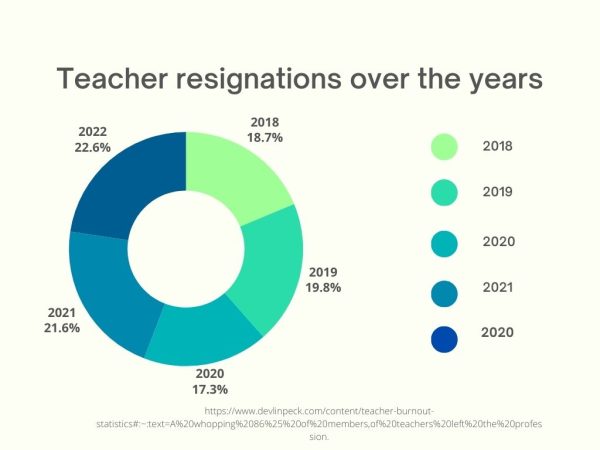 “There definitely is a teacher shortage; it is a growing problem. We are seeing districts having job fairs right up to preplanning and the beginning of the school year. The major way it’s going to affect classrooms is the fact that our class sizes are going to continue to increase,” President of the Georgia Association of Educators, Lisa Morgan said.
“There definitely is a teacher shortage; it is a growing problem. We are seeing districts having job fairs right up to preplanning and the beginning of the school year. The major way it’s going to affect classrooms is the fact that our class sizes are going to continue to increase,” President of the Georgia Association of Educators, Lisa Morgan said.
Teachers struggled to repair students’ learning and catch them up to their expected levels. As children slowly started easing back into learning, plenty of students found it difficult to stay completely focused. Faculty tried to encourage students to complete assignments to the best of their ability but a new generation of children also challenged teachers in a new way. Educators would teach students to the best of their abilities but felt as if they developed no real connection with them. Teachers experienced the feeling of burning out including a mental collapse of motivation and several ended up looking for alternate employment.
As teachers continued through the new school year, multiple other issues would arise such as their low salaries and the unfairness educators dealt with daily. A majority of faculty expressed their helplessness with the school system and certain issues that interfered with their ability to teach with ease. The salary of an educator in one year starts at $42,000, while the cost of living begins at $43,000. Adding on responsibilities to teachers while their pay does not begin to cover a comfortable living environment starts a strong debate on whether they should consider another career path. Each year, the cost of living increases significantly while teachers’ pay fails to increase after two years. Teachers help future generations grow each day by teaching them and correcting their behavior to shape children to become upstanding citizens, but still experience meager pay and society views them poorly, as the prices of living skyrocketed during and after the COVID-19 pandemic, teachers became tired of the poor pay followed by the unfair treatment they received from students and the school systems.
“For eight years, I taught middle and high school history and language arts at public and private schools. In 2022, during my final school year, my salary was $47,000.I worked 60 hours a week and put in tons of unpaid overtime. Between administrative pressures, testing requirements, and the endurance required to teach during the height of the pandemic, I was exhausted. I felt like I lacked purpose,” former Cherokee County history and language arts teacher Maggie Perkins said.
As teachers continue to leave, certain school districts such as Cobb County and Cherokee County have managed to keep their employment rates higher than the rest. The school boards for both counties have worked endlessly to improve the working conditions of educators by setting higher standards for students along with ensuring faculty receive care. Cobb County specifically allowed teachers to recreate their teaching style by being creative and innovative with their lessons, therefore allowing students to engage in class frequently. 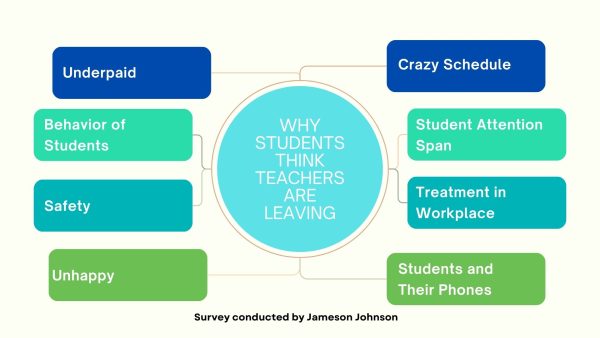
“I think that [teachers leaving the field] is a national trend but, in Cobb County, we have not experienced that. Even through the pandemic, we really stayed fully staffed. Through the next year, we did not see an abnormal drop-off in teachers coming into Cobb County. We were 99.9 staffed on the first day of school,” Human Resources Director for Cobb Schools Kevin Kiger said.
School districts may consider reevaluating teachers’ standards along with curriculum standards to help teachers in the classroom. Given the rise in the demand for teachers after COVID-19, the solution remains a part of supply-and-demand 101: implementing higher salaries to encourage educator entry and discourage educator exits. Moreover, teachers have expressed that the lack of engagement in classes plays a major factor in leaving or staying in the classroom. School districts and parents can collaborate to restrict phones in class to allow an increasing amount of possibilities for children to learn without their phones. Although the pandemic’s dreadful effects persist in daily life, parents, school districts and students can collaborate to preserve the education system and its pillars, teachers.


